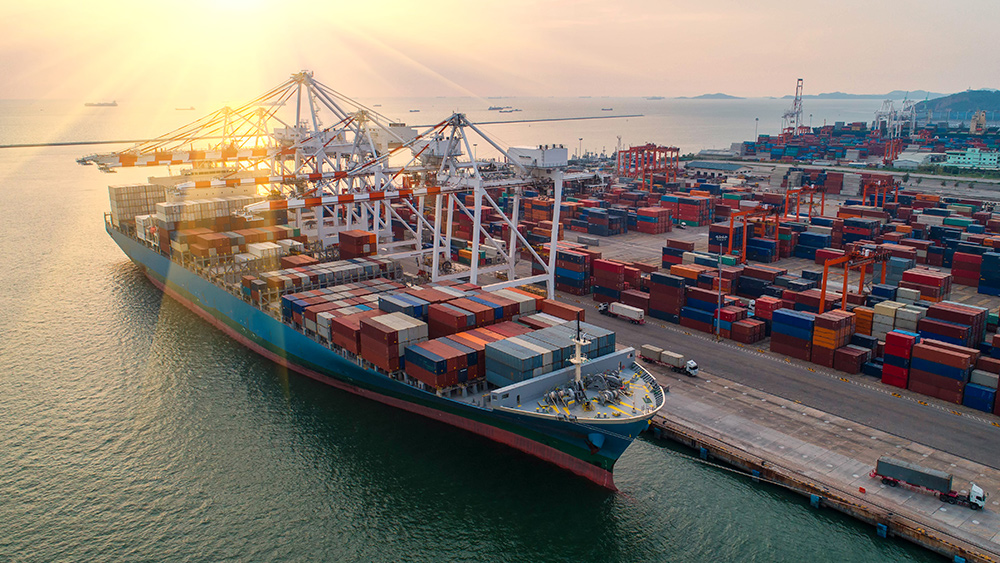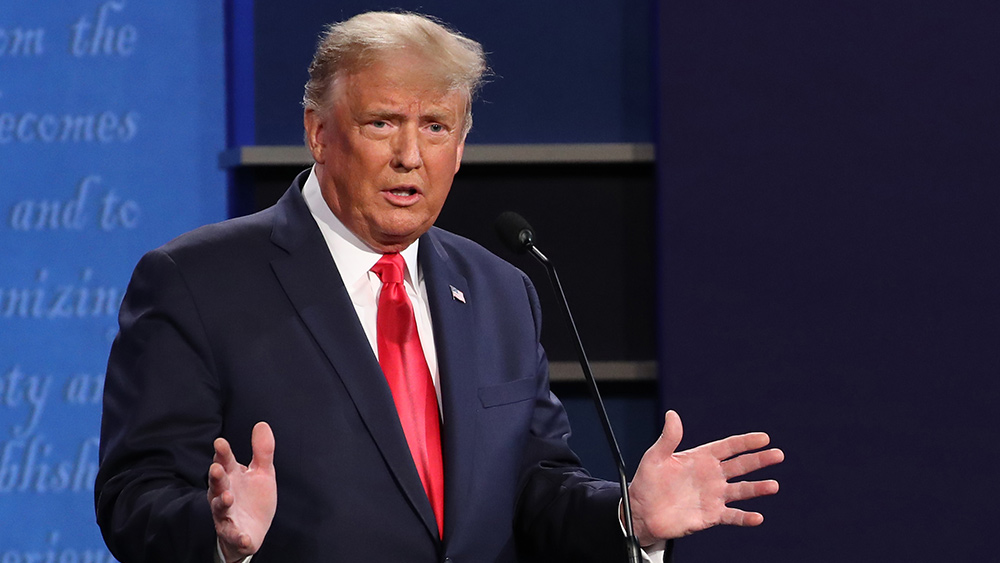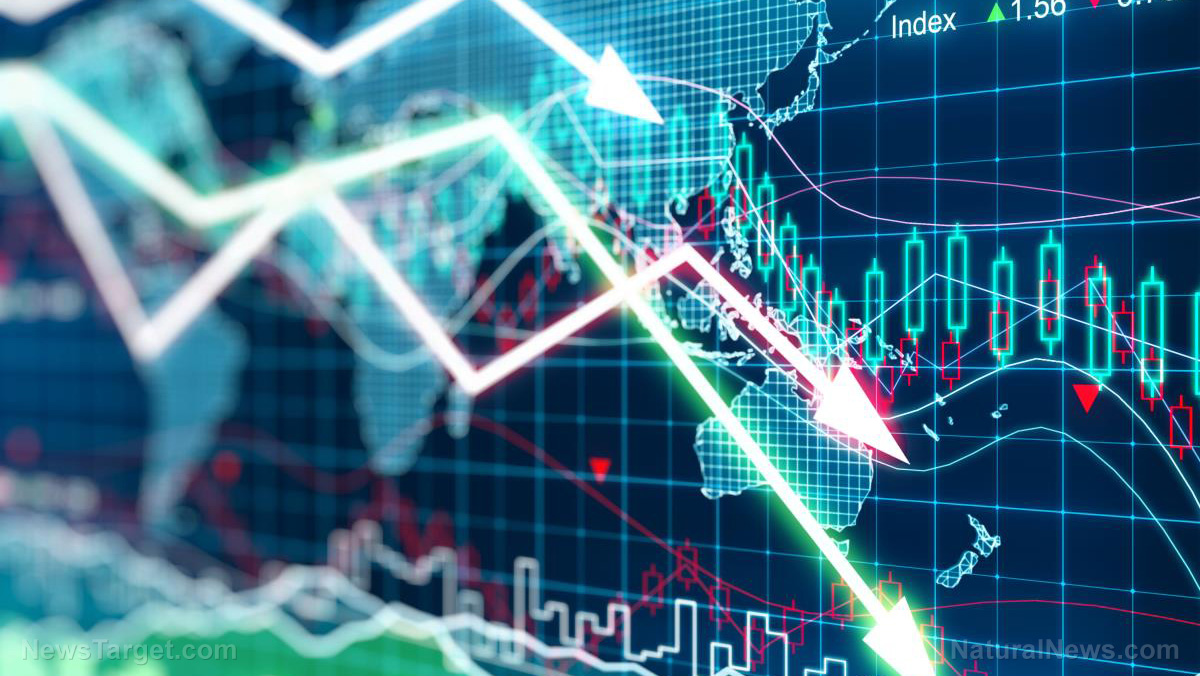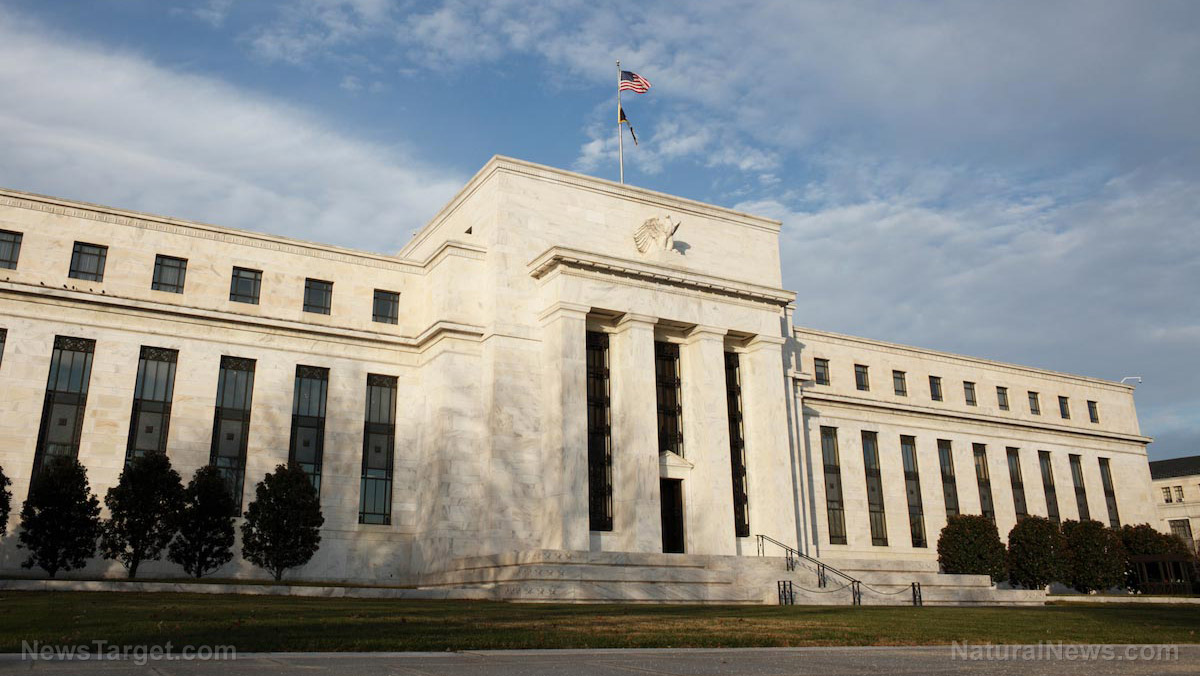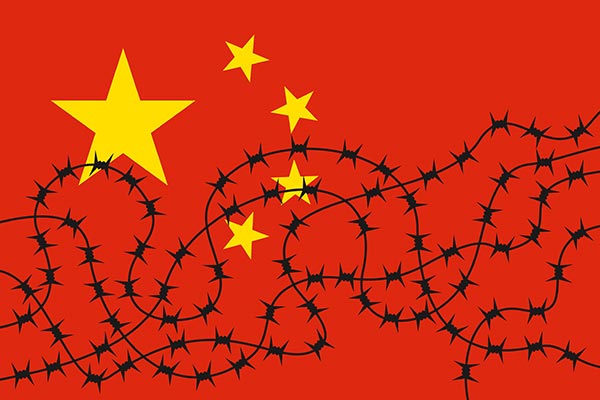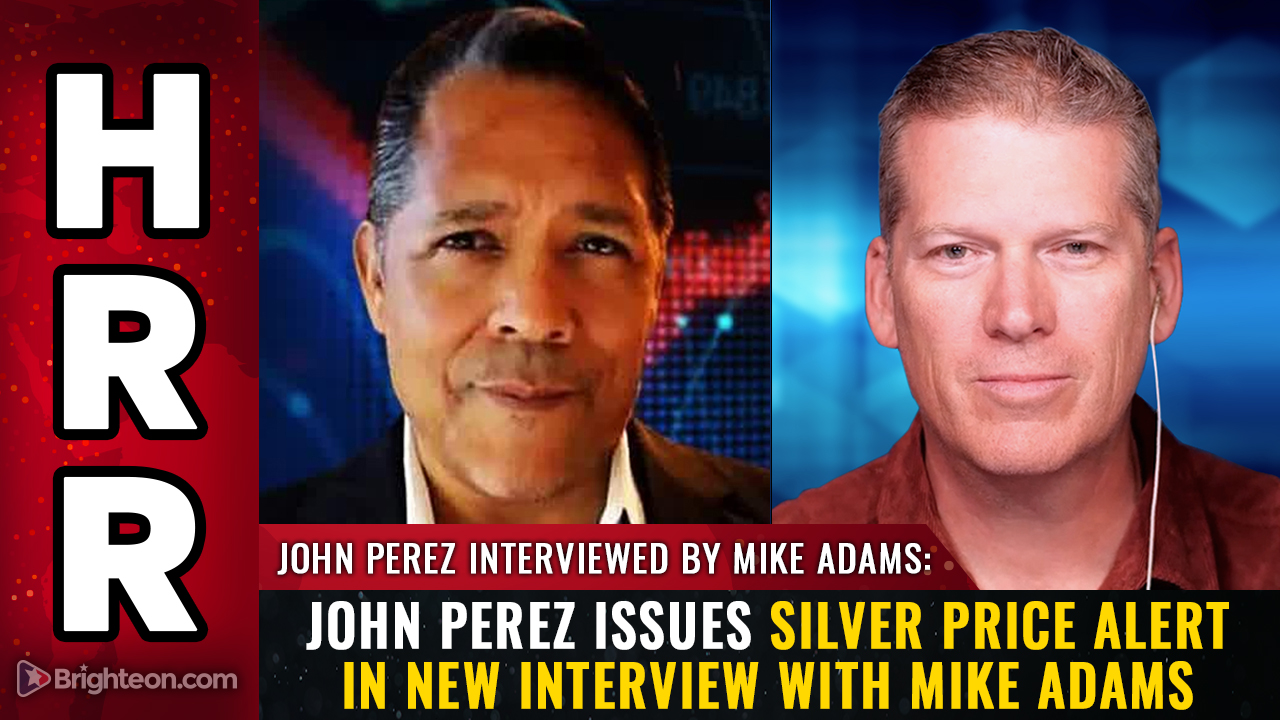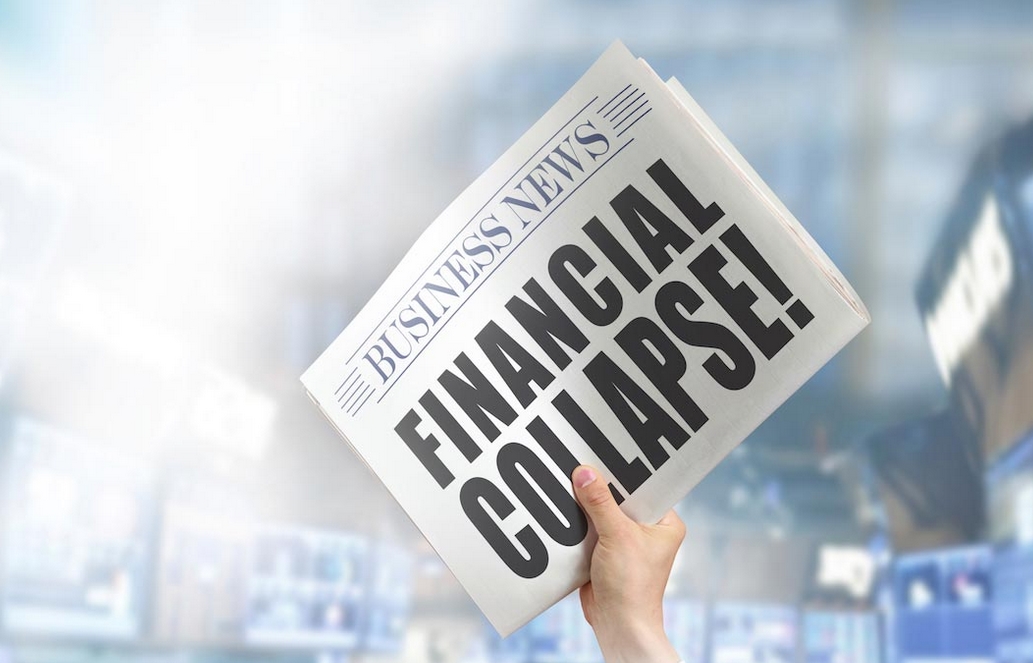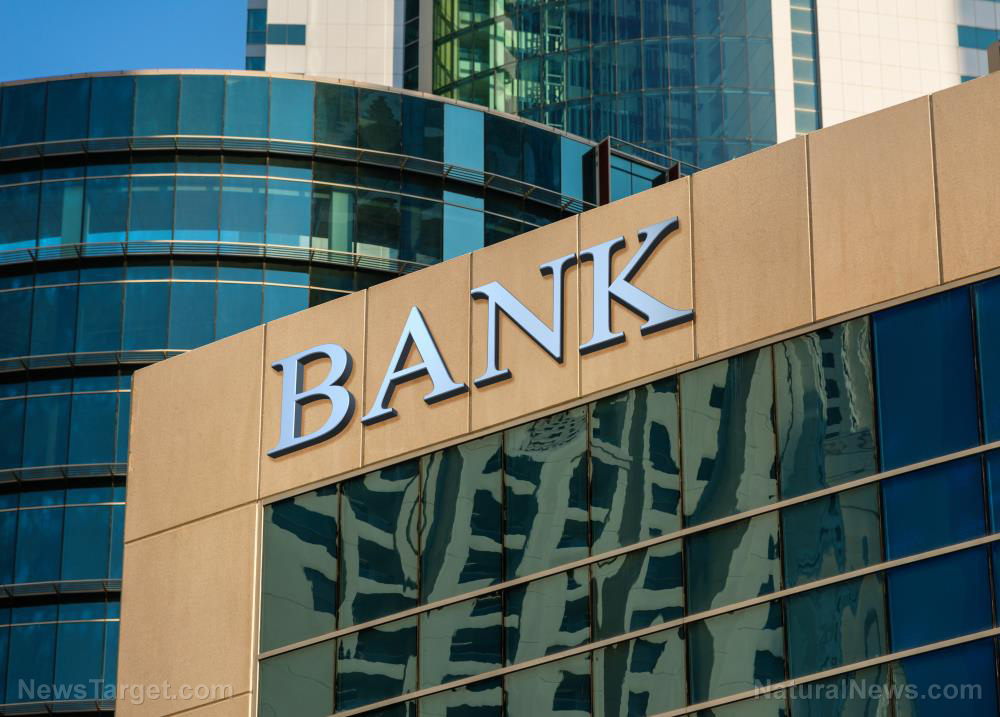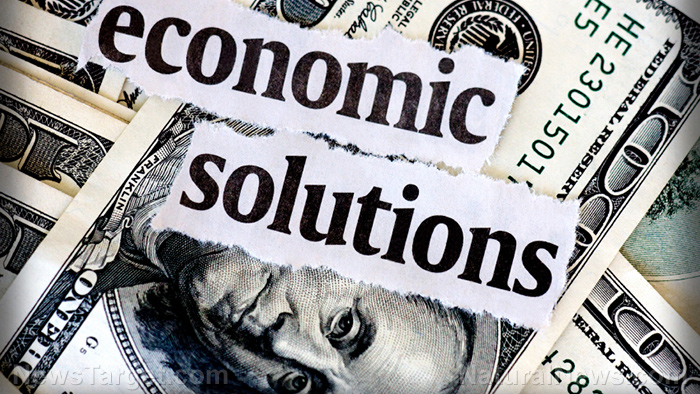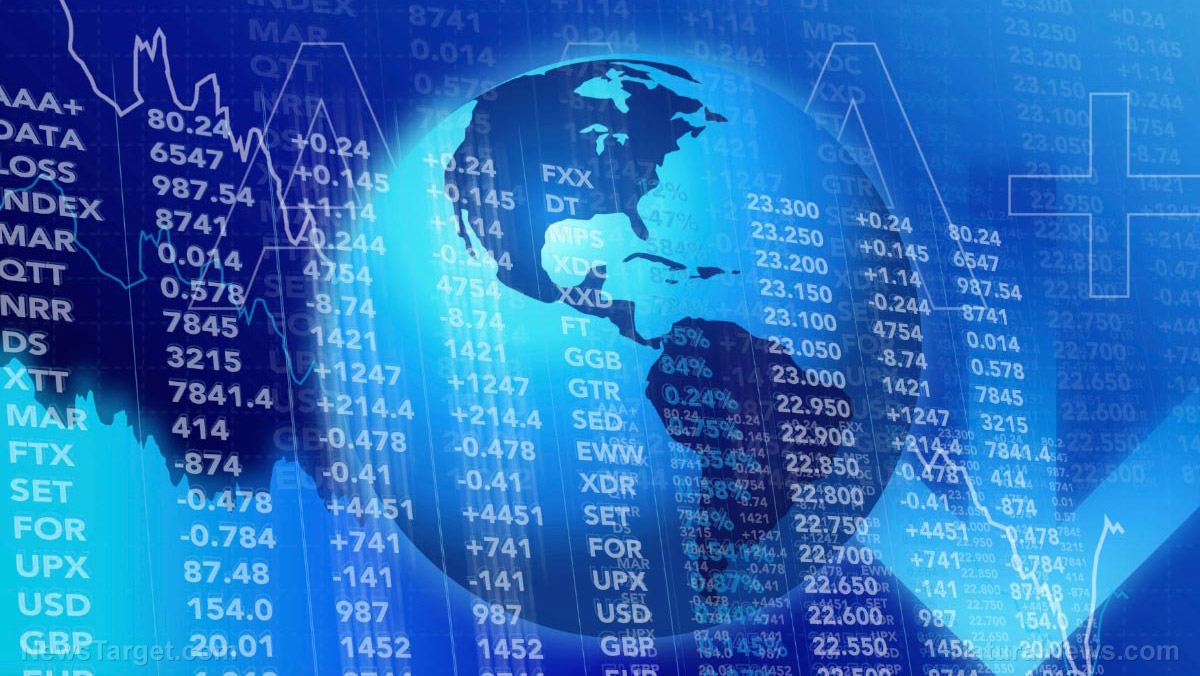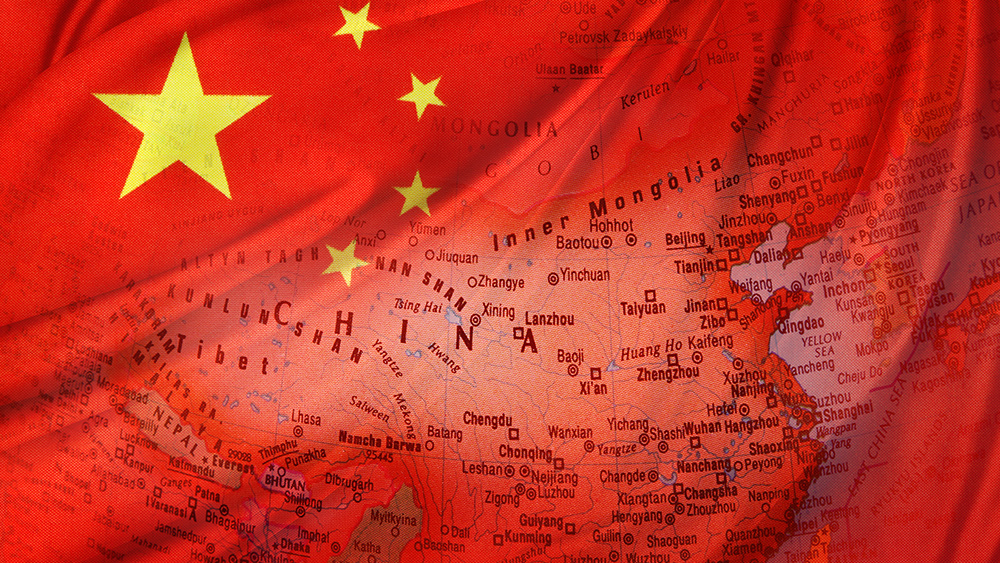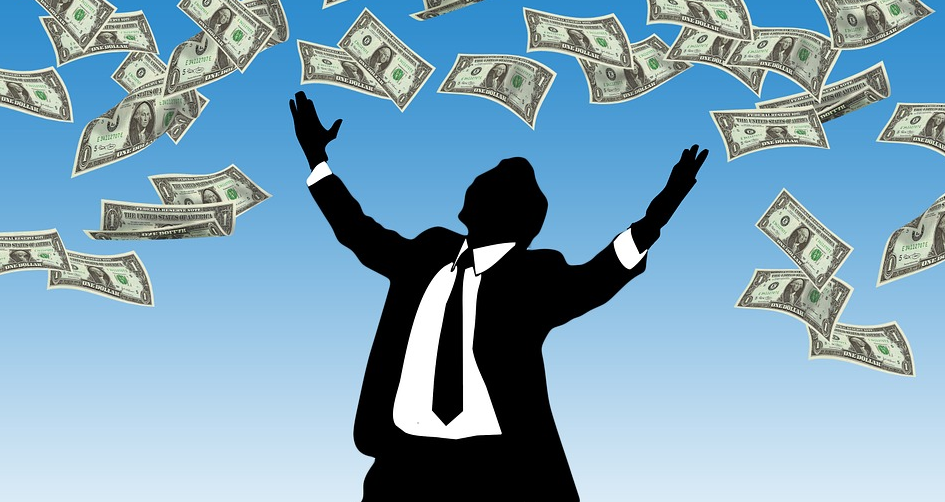Trump escalates tariffs to 145% on Chinese goods amid fentanyl crisis, escalating trade tensions
04/12/2025 / By Belle Carter

- President Donald Trump escalates trade tensions by combining a pre-existing 20 percent fentanyl-related tariff with a new 125 percent reciprocal duty, totaling 145 percent, targeting a broad range of Chinese goods beyond pharmaceuticals and semiconductors. The measure aims to pressure China on fentanyl trafficking and trade imbalances.
- In retaliation, Beijing imposed equivalent tariffs on over 128 American products, including agricultural goods and machinery, citing the need to protect its interests. Analysts note that the retaliatory rate mirrors prior U.S. sanctions, intensifying a trade dispute dating to 2018.
- U.S. Treasury Secretary Scott Bessent downplays China’s response, highlighting a U.S.-favored 5-to-1 trade imbalance and Beijing’s unresolved role in supplying fentanyl precursors. He vows further punitive measures if necessary but expresses confidence in diplomatic resolutions.
- Trump announces a 90-day tariff pause for negotiating nations (excluding China), critiquing Beijing’s stance as disrespectful. The exclusion positions the tariffs as a pre-election tough-on-China strategy, aligning with Trump’s 2016 campaign messaging.
- Former Fed Chair Janet Yellen and the EU criticize the tariffs as economically harmful, while Chinese officials accuse the U.S. of Cold War-era tactics. The dispute underscores unresolved tensions over trade, public health and trust, with no immediate diplomatic resolution in sight.
President Donald Trump has ratcheted up trade tensions with China, imposing a new 145 percent tariff on Chinese imports – a figure higher than initially stated – as retaliation for Beijing’s alleged failure to curb fentanyl trafficking and unfair trade practices.
The tariff hike, effective April 9, combines existing sanctions, including a 20 percent fentanyl-related levy and a newly announced 125 percent reciprocal tariff, marking a sharp escalation in an ongoing dispute over trade imbalances and drug supply chains. The measure excludes sectors like pharmaceuticals and semiconductors but targets a broad swath of Chinese goods, prompting immediate retaliation from Beijing and drawing criticism from global markets. (Related: Trump’s trade turmoil: U.S. drops tariffs on 70 nations, escalates China trade war to 125%.)
The White House clarified Thursday that Chinese imports now face a 145 percent tariff, correcting Trump’s prior claim of 125 percent. White House officials explained that the 125 percent figure represented only the reciprocal tariff increase from 84 to 125 percent, excluding the existing 20 percent fentanyl-specific tariff imposed months earlier. The total rate now combines both measures, creating a record high for punitive U.S. tariffs against any nation – a move designed to pressure Beijing into addressing fentanyl and trade issues.
China strikes back: Retaliatory tariffs on U.S. goods
Beijing swiftly responded on April 9, announcing tit-for-tat tariffs of 84 percent on over 128 American products, including agricultural goods and machinery. China’s Ministry of Commerce stated the move was “a necessary step to protect China’s core interests and legitimate rights,” though some analysts note the 84 percent rate mirrors U.S. prior tariffs before Trump’s announcement on the same day. The Chinese action intensifies a trade war that began under the Trump administration in 2018 and has long strained bilateral relations while reshaping global supply chains.
In an interview with Fox Business, U.S. Treasury Secretary Scott Bessent dismissed Beijing’s retaliation as a “loser” decision, citing China’s 5to5to1 trade imbalance in favor of U.S. imports.
“They can raise tariffs, but so what?” Bessent said, arguing the U.S. seeks to strengthen domestic manufacturing and reduce reliance on Chinese exports. He emphasized that China’s alleged complicity in fentanyl precursor chemicals – used in opioids flooding U.S. streets – remains unresolved: “The flows into North America and onward to the U.S. demand action.” Bessent added that all options, including further tariffs, remain “on the table,” but expressed confidence a resolution would emerge at “the highest levels.”
On April 9, Trump also announced a 90-day pause on new tariffs for countries negotiating trade agreements, slashing their reciprocal rates to 10 percent. But China was explicitly excluded, with the president calling Beijing’s stance “a lack of respect to the world’s markets.”
In a Truth Social post, he justified the global pause by noting public anxiety: “People are getting a little bit yippy, a little bit afraid.” However, he maintained China’s “harsh tariffs” would stay in place until Beijing addresses fentanyl and trade imbalances.
Bessent: U.S. will not blink
Economists widely condemned the U.S. tariff hike as counterproductive. Former Federal Reserve Chair Janet Yellen called it “a risky escalation” that risks harming U.S. consumers, while the European Union urged restraint to avoid spillover effects. Meanwhile, Chinese officials accused Washington of perpetuating “Cold War logic,” contrasting with efforts to decouple economies.
For Trump, the tariffs bolster his tough-on-China stance. Bessent pledged negotiations to “rebalance” trade but emphasized the U.S. will “not blink.” China’s state media warned of “consequences” but offered no concessions, leaving prospects for dialogue uncertain. For now, families of overdose victims and businesses in both nations await clarity on an escalating conflict.
The 145 percent tariff on China marks the sharpest chapter yet in a rivalry reshaping global governance. As markets react and negotiations stall, the fentanyl crisis underscores a broader struggle over power, trade and trust in the 21st-century economy – all set against the high-stakes backdrop of two nations separated by oceans but inseparable in commerce.
Watch the video below that talks about Trump doubling down the economic warfare with China.
This video is from the Health Ranger Report channel on Brighteon.com.
More related stories:
China’s counter-tariff strategies: A new chapter in the U.S.-China trade war.
Trump’s new 50% tariff threat to China rattles markets as allies scramble for deals.
Global markets plunge as China retaliates with 34% tariffs on U.S. goods.
Sources include:
Submit a correction >>
Tagged Under:
Bubble, China, Donald Trump, drug addiction, economy, fentanyl crisis, fentanyl supply, foreign relations, global market, market crash, retaliatory tariffs, risk, tariff, trade wars
This article may contain statements that reflect the opinion of the author
RECENT NEWS & ARTICLES
COPYRIGHT © 2017 RISK NEWS

